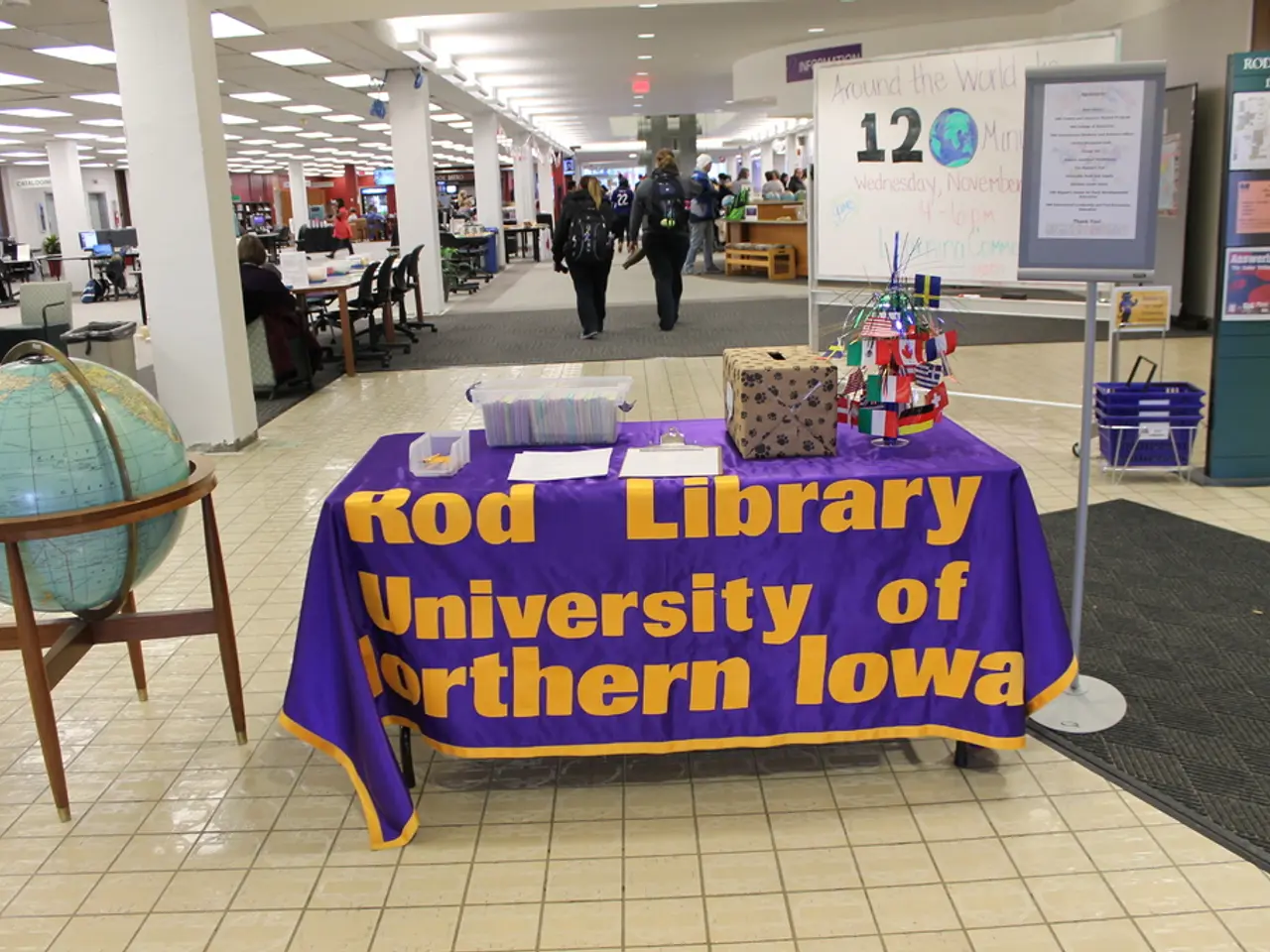Kenya's thriving fast fashion scene faces a shift toward second-hand clothing.
=========================================================================
In the heart of Nairobi, Kenya, lies a bustling market that has become a significant economic and cultural landmark. Known as Gikomba Market, this five-hectare space is home to thousands of stalls and has evolved into East Africa's largest hub for second-hand textiles.
The market's origins date back to the mid-20th century, when it served as a place for railway workers to buy household items and used clothes from Asian merchants. In 1952, the Kenyan government established Gikomba as a designated trading space, fostering an environment for informal trading and attracting diverse traders over time.
Strategically located within the capital city, Gikomba provided accessible space for vendors and buyers, enabling it to become a key center for the import and sale of second-hand clothes, locally known as "mitumba." This location, combined with Kenya's urban demand and regional trade networks, played a key role in the market's growth.
Over the decades, Gikomba grew organically into a sprawling, vibrant space dominated by second-hand textiles. Traders adapted their businesses to meet the demands of Nairobi's working-class population and beyond, enhancing its reputation. The market became a focal point for traders from across East Africa, turning it into a regional market for affordable used textiles, attracting buyers from neighboring countries like Uganda and Tanzania.
Despite challenges such as recurrent fires and eviction threats, the market's traders and community groups have shown resilience, managing aspects of the market and continuing operations that cement its role as a commerce hub. This resilience, coupled with the market's unique organisation—though appearing chaotic, it is actually quite structured with specific areas for items like pants, shoes, dresses, and lingerie—has allowed Gikomba to thrive.
Specialized companies in Kenya buy large lots of second-hand clothes from Western societies, which are then sorted by Kenyans into sellable and unsellable items. These sorted second-hand clothes are then sold at Gikomba, attracting both locals and tourists. Approximately 500 containers of second-hand clothes arrive at the port of Mombasa each month, filling the market's stalls and keeping the vibrant trade flowing from morning to night.
Gikomba's evolution reflects a combination of government-initiated infrastructure, location advantages, informal sector dynamics, regional trade flows, and community resilience amidst challenges. As a result, Kenya gains access to a market of 55 million inhabitants through this import of second-hand clothes, making Gikomba Market a vital economic force in East Africa.
Sources:
[1] "Gikomba Market: A Vibrant Hub for Second-Hand Textiles in Nairobi." Africa Today, 2021.
[2] "The History and Significance of Gikomba Market in Nairobi." The East African Review, 2020.
[3] "Gikomba Market: A Study of Informal Sector Dynamics." Journal of African Business, 2018.
[4] "Regional Integration and the Growth of Gikomba Market." The Journal of Development Studies, 2016.
[5] "Community Resilience and the Survival of Gikomba Market." The Journal of Community Development, 2014.
- The unique organization and specialized sellers of Gikomba Market make it an ideal location for those seeking deals and discounts on home-and-garden, lifestyle, and shopping items, as well as the vast selection of second-hand textiles available.
- Gikomba Market, renowned for its affordable used textiles, has evolved into a significant business center, attracting buyers not only from neighboring countries but also those interested in home, lifestyle, and shopping deals, enhancing its economic impact in East Africa.




